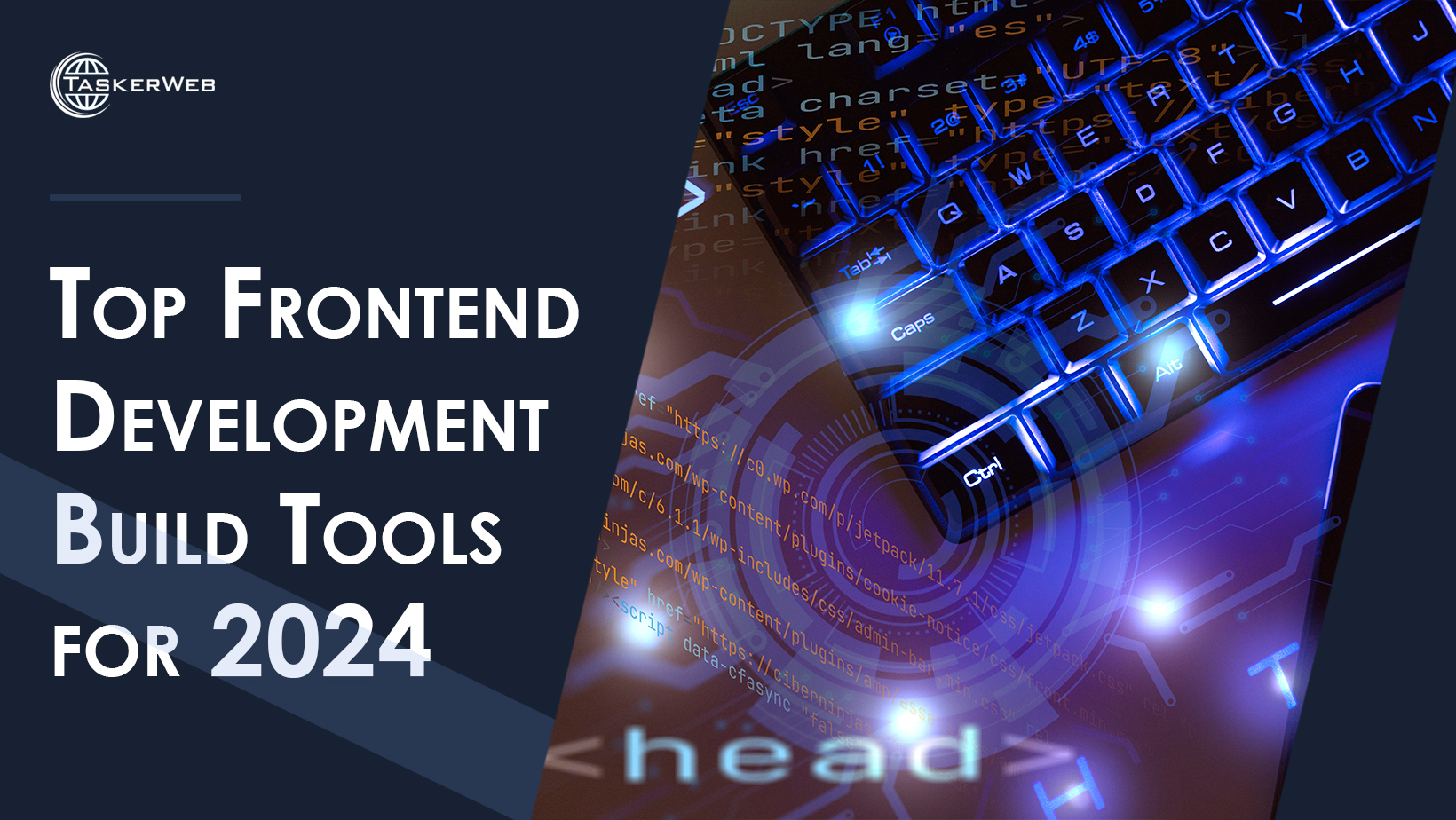Chat GPT took the world by storm after it was introduced back in November 2022. From simple content creation to complex coding Chat GPT was able to generate answers in the blink of an eye without any error. The tussle between humans and AI has been constant and very soon in February 2023, news circulated that maybe AI wants to be the end of the entire human race.
A decade ago social media was supposed to bring everyone together but now it is contributing to mental health epidemic among people of all ages. With each passing day, this is getting worse and after the introduction of AI-enabled tools, the dangers of social media have exceeded leaps and bounds.
There is no doubt that artificial intelligence or AI increases personalization and efficiency and offers a variety of unique solutions to decrease the daunting activities of daily life. However, at times it is seen as toxic and polarizing.
How Social Media Toxicity and AI are Correlated?
Social media has always been the platform where people come together and share their views and ideas. Now certain posts and images become the main cause of triggering a particular set of people.
The problem lies in how certain post on social media is created and more importantly how they are interpreted.
Every two posts that we see on social media are filled with misinformation, manipulation, and polarization. Now multiply that number by 100.
“Send this post to 50 people to receive good news” or “Quick and easy way to earn $1000 in 7 days”
We humans are so driven by emotions that often the vibrant videos and the colorful graphics blind our thinking capabilities and we tend to deviate from our vision. We let these petty chunks of trumped-up stories get the best of us, which finally led to the spread of disunity, deception, and in severe cases, detestation.
Coping with these daily concerns is crucial to restore mental stability, especially among the young generation.
Instead of having unlimited fun with real people on the large playgrounds, today's kids are glued to the limited screen spaces on their phones where their unrealistic fascination gets supplemented with unreal fun. The green grass and the open air where life breathes, brews, and basks get uncompromisingly replaced with virtual emoticons, artificial rewards, and momentary sensory simulation which is outrightly plastic.
Kids and the young generation are adept at using these fine new-age technologies that might flabbergast most. Hence they need to come across the right set of information.
Molding their adolescent mind is an easy trick and the number of imposters are practically innumerable.
Now how does AI use in social media play a role in this? Risks of Artificial Intelligence
The answer has several layers added to it.
On a superficial level, most people think that AI is a threat to the bread and butter of most. Nevertheless, one cannot just simply turn a blind eye to the advantages that artificial intelligence brings with it. So, if channeled properly, AI-generated posts can benefit the human race to surpass the normal levels of production and efficiency.
Back in 2020, Facebook stated that its artificial intelligence was able to identify and dismantle approximately 27 million chunks of hate speech. In approximately 97% of the cases, these systems took immediate action, even before humans could.
That is one huge step embraced by powerful AI systems, to prevent the spread of outrageous hate comments given the fact that the number of people using social media is incalculable. From comments to likes, memes to posts, umpteen announcements are made each day and it is practically impossible for the entire human army to keep track of everything, 24x7.
But when it comes to bringing machine learning in line with the real world, a lot of disagreement is faced, the main challenge being, recognizing the common dialect.
To address even greater issues, identifying hate speech, and understanding the common notion of harassment and false rumors in today’s polarized domain is messy and hard. Hence AI is being trained to develop advanced methods that can help to draw out disagreements related to hate speech.
Hate is easy to spread. It spreads like wildfire, with its poisonous fangs clasping your neck as you slowly succumb to the opinionated version of highly contested issues and toxicity.
Most of the time, the biased human mind tends to exaggerate a bit more to a particular piece of content than required, and on the flip side of this, there is only a particular set of people who choose to share their views on events that are actually true.
Another study was conducted by a team which the University of Amsterdam led. Approximately 500 bots were programmed with some unique political and demographic characteristics that were based entirely on survey data.
These bots read the news and made posts regarding the same on Twitter. It was found that in this particular setup, the bots were able to display increasing joy as they found common grounds that reflected less toxic behavior. Every day AI is becoming more and more realistic at mimicking people's emotions as well as their way of interaction and there is a fair chance that people might come together on social media while avoiding other social ethical, and political hazards.
All these chatbots were assigned a specific political affiliation like gender, age, income, and religious view as well as their favorite sports team and whatnot. This helped the researchers to have a variety of simulated data.
On one particular day in July, these bots were made to read actual news headlines from delicate topics like COVID-19 and Black Life Matters. These bots then interacted with these issues and also liked certain headlines.
The list of challenges posed by Artificial Intelligence and technology misuse can be summed up into 4 different segments such as:
- Manipulation: Manipulating and imposing one's view on another is a common way to indulge people in toxic behavior. Studies conducted on the effects of social media on the youth show that when Facebook arrived at a particular college campus the rate of depression increased a considerable amount. GenZ compared to millennials has grown up with social media and now suffers from a higher rate of anxiety and depression. Now with the introduction of AI, the algorithms prove that these are only getting better at making mode users addicted.
- Political Influence: Social media is now filled with misinformation. Now this misinformation is not persuasive. However, they are engaging enough to keep the citizens and the viewers disoriented and distrustful. When these toxic political posts are combined with Chat GPT, the language is enhanced greatly and is highly likely to spread hate speech and toxicity to a huge extent.
- Targeting Specific Individuals: Since the language of AI is simple and lucid, it also gives individuals a chance to create personally targeting ads that rely entirely on exhaustive profiles of that person's aesthetics, political preference, sexuality, and style.
- Suppressed freedom: Very soon, AI will become a part of the toolbox that autocrats usually use to manipulate public opinion.
To get an even deeper measure of the real world vs the reel world, researchers developed a separate algorithm that filtered out the extra noise full of inconsistency, indecision, and illusion.
The concept of toxicity varies from one to another. Hence this algorithm will help to draw out those specific pointers that have negative connotations and how repeatedly they have been used each time. This will help to highlight the true range of toxic content circulating on social media.
The crux of the matter is that AI holds tremendous power. From scientific discovery to National Defence, it can offer you information and even biased opinions. Therefore, researchers are creating this algorithm so that it identifies the true impression of morbidity, misstatement, and pornography.
Clearing the concept of hate speech and toxicity might not solve the entire problem as humans tend to sugarcoat their actual views to prove what is right and what is not. However, since social media plays a pivotal role in bringing people together, having an accurate picture of what people think is true can design the entire framework more coherently, which may lead to making more informed decisions.
Wrapping Up!
Social media toxicity is widespread and humans alone can't tackle all the branches. Therefore, taking quick and easy steps is compulsory. But when you are running a business how can you focus on running it and at the same time drive all the toxicity away?
The answer to this is hiring a virtual assistant. The team at Tasker Web is highly acquainted with the use of modern and powerful AI systems, that will help to keep your business away from all the toxicity and emulation.
Keep your mind calm and let our experts seamlessly handle your business complications.








_.jpg)

